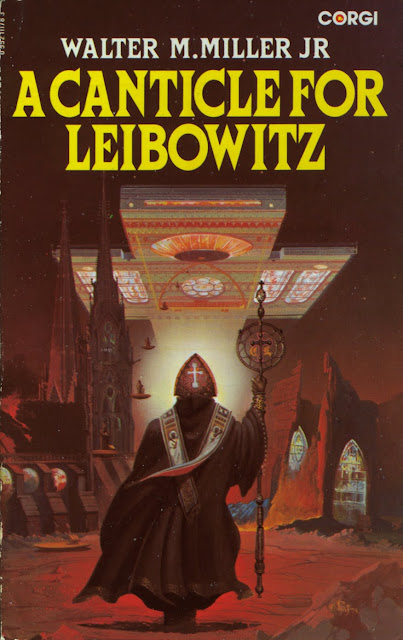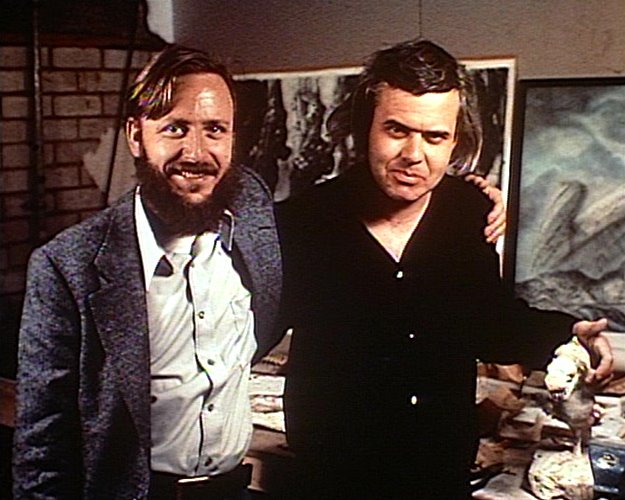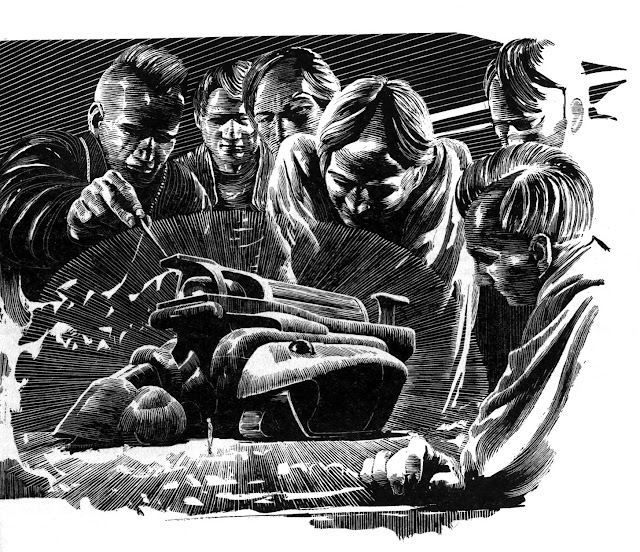 |
| Sphere paperback, reprint, February 1974. |
"The 'astronauts' of ancient Japan, Mexico and the Sahara...the mysterious Great Wall of Peru...the legends of Mu and Atlantis...the astronomical clock at Stonehenge...the extra-terrestrial giants described in the Popol Vuh, ancient bible of the Maya Indians.
NOT OF THIS WORLD is a revolutionary survey of the evidence that a highly advanced technological people from another solar system had contact with our planet in the prehistoric past. The author backs his argument with an impressive array of fact drawn from history, myth and archaeology, and a unique collection of drawings and photographs."
I've always found the notion of ancient astronauts appealing, and there's some fascinating stuff in this book, especially in terms of mythology and legends. True or not, it's nice to ponder 'what if' occasionally. Kolosimo comes off as more informed and genuine than (contemporary?) Erich von Däniken, whose theories seem to centre around the statement 'This looks like X, therefore, it is...' For me, the excerpts from the Popol Vuh in particular, are worth keeping the book, so is the cover actually.



































